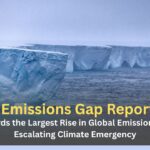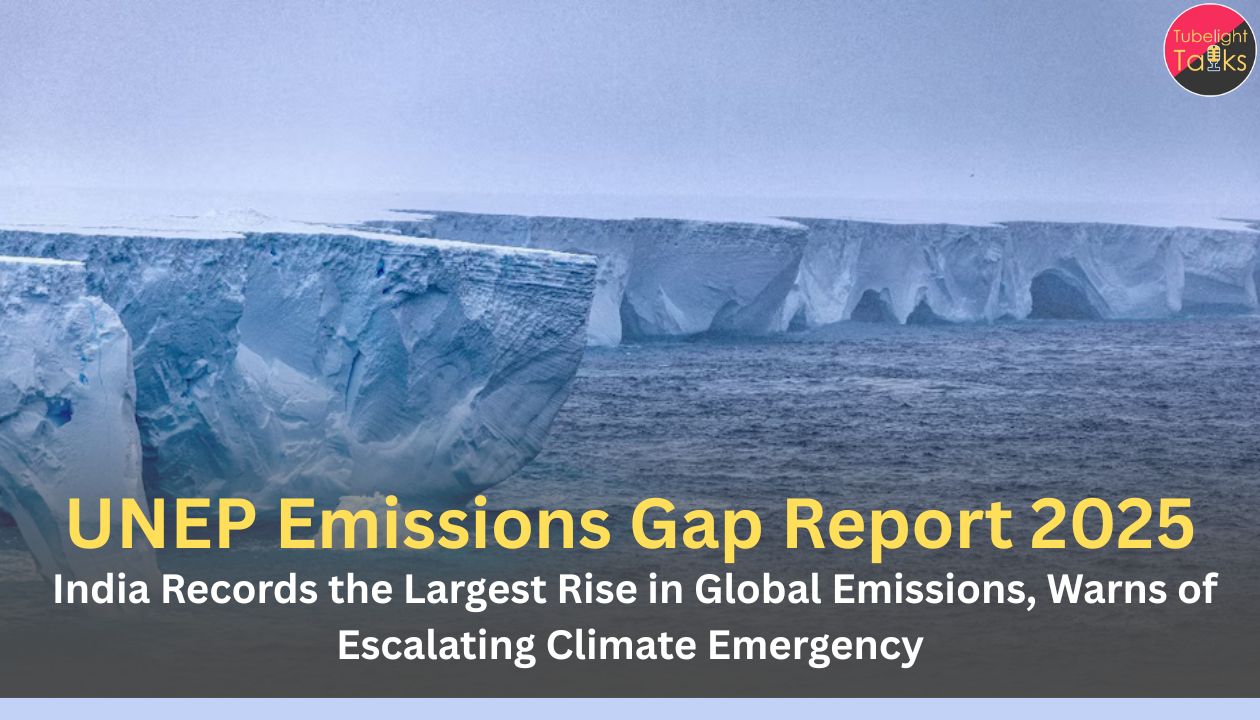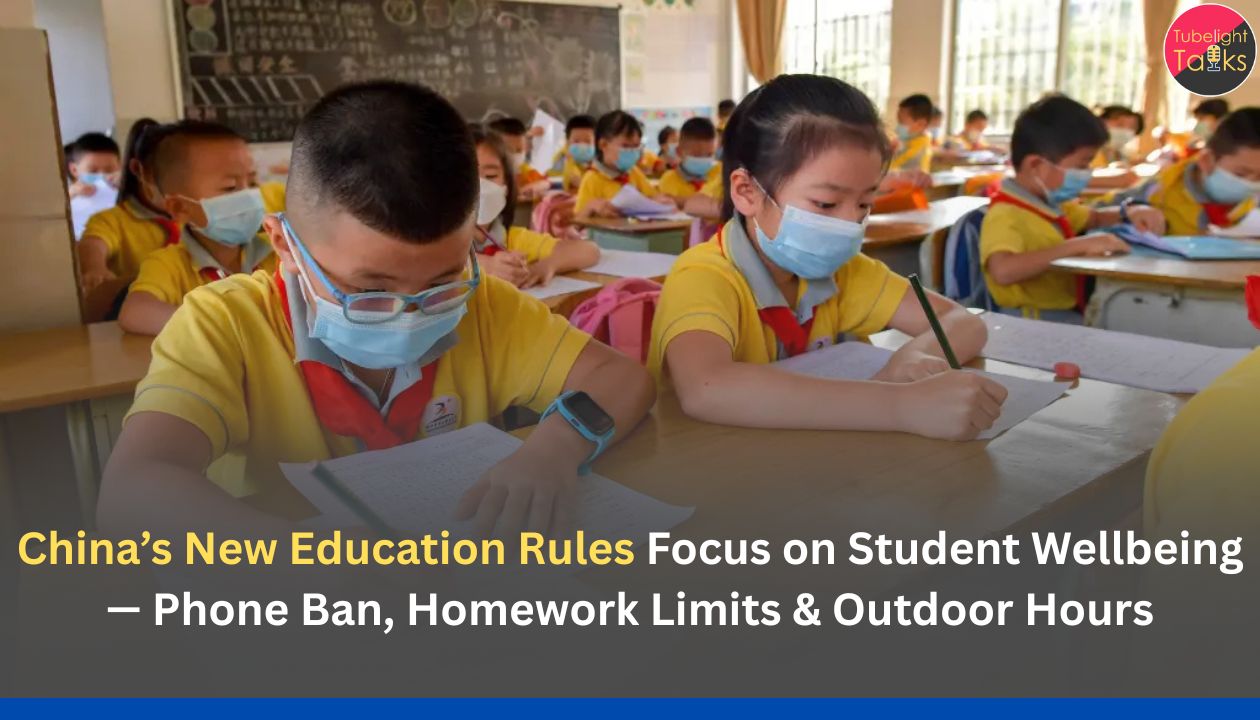India at COP30: The UN Climate Change Conference (COP30) opened in Belém, Brazil on November 10, 2025, running through November 21. It is the first COP on the edge of the Amazon, and it arrives in the year when countries are due to table the next round of Nationally Determined Contributions (NDCs) 3.0. India’s delegation has set down clear markers: equitable, predictable and concessional finance, adherence to equity and CBDR-RC, and support for Brazil’s Tropical Forests Forever Facility (TFFF) in an observer role.
This field guide condenses the moving parts—dates, India’s asks, Loss & Damage, and Article 6—with only official, citable sources.
COP30 at a glance: where, when, why it matters
- Location & dates: Belém, Brazil, Nov 10–21, 2025 (formal program across COP30/CMP20/CMA7). The UNFCCC hub and schedule confirm day-by-day tracks, plenaries, and mandated events.
- Context: Following COP28’s stocktake and subsequent 2024–25 work, 2025 is the moment for NDCs 3.0—new or updated national plans informed by the first Global Stocktake.
What makes Belém distinctive
Staging the summit in the Amazon puts forests, land use, and just transitions in the foreground. The UN, host briefings, and media primers highlight Indigenous leadership and scrutiny of supply chains that drive deforestation—an angle present throughout the talks.
India’s headline messages (from official statements)
At the COP30 Leaders’ Summit, India reiterated that “Developed Countries must accelerate emission reductions and deliver the promised, adequate and predictable support.” India also welcomed Brazil’s TFFF and joined as an Observer—signaling alignment on conservation finance. These points are captured in the Government of India’s official release.
“Developed Countries must accelerate emission reductions and deliver the promised, adequate and predictable support.” — India at COP30.
India’s emphasis fits a long-standing position grounded in equity and Common But Differentiated Responsibilities and Respective Capabilities (CBDR-RC); the same statement frames COP30 as a moment to reflect on the Paris@10 milestone.
India’s likely priorities to watch this fortnight
- Finance first: Push for scaled, concessional climate finance (public, multilateral, and catalytic private capital) and clarity on delivery pathways beyond legacy, underdelivered pledges.
- Forest-positive mechanisms: Support for TFFF and related forest conservation financing channels, given the Amazon backdrop.
- Implementation year: Emphasis on Article 6 implementation, adaptation progress, and ensuring Loss & Damage systems move from paperwork to payouts.
NDC 3.0: what’s due in 2025 and what it means for India
Under the Paris Agreement, Parties submit new/updated NDCs in 2025, informed by the first Global Stocktake. The UNFCCC has established a dedicated NDC 3.0 hub and continues to host the NDC Public Registry, where each country’s latest submission is recorded. As COP30 begins, the Secretariat’s 2025 NDC Synthesis notes limited coverage thus far, urging more Parties to table their plans. Editors should check India’s entry in the NDC registry for real-time status during COP30.
India’s existing anchor points (context, not new pledges at COP30):
- India updated its first NDC in 2022 (45% emissions intensity reduction vs 2005 by 2030; ~50% installed power capacity from non-fossil sources by 2030).
- India filed BUR-4 to the UNFCCC in Dec 2024 (inventory year 2020), documenting mitigation, finance/tech needs, and circumstances.
Copy tip: When you publish, link the UN NDC registry page, and avoid asserting a “new NDC filed” unless you have the registry entry (date/time).
Loss & Damage: from promise to practice
The Fund for Responding to Loss and Damage now has a board and an official process, and it has produced its second report to COP30/CMA7. The UNFCCC portal includes agendas of the 2024–25 board meetings (Abu Dhabi → Songdo → Baku → Manila → Bridgetown) and the 2025 report documents. For your story, cite the fund page and the “Second report” document identifiers.
Why it matters for India and the Global South
- Many developing countries—including climate-vulnerable communities in South Asia—seek predictable grant-like flows for climate losses that can’t be adapted away.
- India’s finance-first stance at COP30 dovetails with operationalising this fund so that it disburses rather than just deliberates.
Article 6: the carbon-markets chapter at COP30
The UNFCCC indicates that COP30 will advance implementation (capacity, standards, readiness) of Article 6 rather than re-open rule text—bridging negotiations to real-economy action. Industry and NGO briefs similarly frame Belém as an implementation COP for markets, following steps taken last year. For balanced coverage, pair the UNFCCC note with a policy paper thumbnail.
What implementation looks like in practice
- 6.2 cooperative approaches: bilateral/multilateral crediting with robust tracking to avoid double counting.
- 6.4 mechanism: transition from CDM to the new centralized mechanism, with methodologies, registries, and environmental integrity standards under scrutiny.
- Safeguards & transparency: clarity on authorization, corresponding adjustments, and project-level information will decide market confidence.
The host’s forest finance idea: Tropical Forests Forever Facility (TFFF)
Brazil has promoted a Tropical Forests Forever Facility to channel predictable resources into forest conservation. India’s official note welcomes TFFF and joins as an Observer—a diplomatic nod to Amazon-centric finance while keeping India’s fiscal priorities front-and-center. If you reference non-official primers for background, anchor the fact of India’s observer status to PIB, not commentary.
What else is on the Belém docket (and where to verify it)
- Official program & rooms: UNFCCC’s COP30 hub and overview schedule PDF carry plenary timings and mandated event calendars—vital for newsroom diaries.
- UN climate chief’s framing: On the eve of COP30, the UN Climate Change Executive Secretary said the Paris Agreement is delivering progress, but acceleration—fittingly, in the Amazon—is essential. Quote from the UNFCCC hub page.
- Pre-COP signals: India’s environment minister attended pre-COP in October; media coverage flagged India’s focus on finance and adaptation alignment.
How to write India’s COP30 story without common mistakes
- Be precise on dates and venues: Use UN/UNFCCC pages for Nov 10–21, Belém.
- NDCs 3.0: Say “due in 2025” and link the registry; avoid declaring India’s submission unless listed.
- Finance language: When citing India’s ask, quote the PIB line on equitable, predictable, concessional finance.
- Loss & Damage: Point to the Fund page and the Second report references rather than third-party summaries.
- Article 6: Frame COP30 as implementation-focused using UNFCCC’s quarterly update and/or policy papers; avoid over-claiming new rule-making unless a formal decision is adopted.
India’s domestic context you can safely include
- Inventory & reporting: India’s BUR-4 (submitted Dec 30, 2024) provides the 2020 GHG inventory and mitigation snapshot—helpful for any “where India stands” graf.
- Power transition markers: India’s non-fossil installed capacity share has climbed over the decade; keep such stats sourced to official releases or the latest CEA/MNRE dashboards when used. (Use caution with unauthenticated claims; cross-check before filing.)
- Equity and CBDR-RC: India continues to anchor its climate diplomacy in these Paris-consistent principles—codified in PIB talking points at COP30.
What this means for India—policy and markets
- Policy lens: India’s negotiating space hinges on finance and technology access. A credible Loss & Damage channel and clarity on Article 6 can unlock concessional capital and private flows for resilience, power transition, industry decarbonisation, and hard-to-abate sectors.
- Corporate lens: Article 6 implementation and voluntary/compliance market linkages will shape how Indian companies account for reductions, purchase credits, and report under global standards in the next cycle. Pair claims with integrity and corresponding adjustments where needed.
- City & state lens: India’s cities (transport, buildings, waste) can be fast movers if finance is accessible and MRV (measurement, reporting, verification) is standardised—areas COP30 is pushing via side events and technical workstreams.
Stewardship as a Daily Choice
Climate diplomacy often sounds like gigaton math and finance pledges, but it rests on everyday conduct—how governments, firms, and citizens honour commitments once the microphones are off. Practical virtues—truthfulness, non-exploitation, responsibility towards others—turn policy into lived reality: accurate reporting, fair contracts, safety standards at worksites, and care for those most exposed to climate extremes.
Spiritual leader Sant Rampal Ji Maharaj guidance that stresses honest work and ethical behaviour in workplaces and markets can gently reset our defaults—from cutting corners to doing what’s right even when unseen. For readers who want that values-first lens on action and accountability, see the book “Way of Living (Jeene Ki Raah)” and teachings on ideal behaviour for employers and employees.
Read Also: Climate Change Impacts on Global Economy: Costs, Risks, and Opportunities
FAQs: India at COP30 (Belém 2025)
Q1. When is COP30 and where is it being held?
November 10–21, 2025 in Belém, Brazil. Confirm agenda items on the UNFCCC COP30 page and the overview schedule.
Q2. What is India’s key message at COP30?
India calls equitable, predictable, concessional finance the cornerstone of climate action, urges developed countries to deliver on commitments, and welcomes Brazil’s TFFF as an Observer.
Q3. Are countries obliged to submit new NDCs this year?
Parties are requested to submit the next round of NDCs in 2025 (NDC 3.0), informed by the Global Stocktake; verify individual submissions in the NDC registry.
Q4. What progress should we expect on Loss & Damage?
The Fund for Responding to Loss and Damage has a board and a second report to COP30/CMA7; watch for decisions enabling disbursement and country access.
Q5. Is COP30 rewriting Article 6 rules?
UNFCCC material frames COP30 as implementation-focused—capacity, standards, and readiness—rather than renegotiating the rulebook.
Q6. Where can I find India’s GHG inventory and recent reporting?
See BUR-4 (submitted Dec 30, 2024) for the 2020 inventory and mitigation context.
Q7. Why is Belém symbolically important?
Holding COP in the Amazon pulls forests and Indigenous stewardship to the center and tests whether finance mechanisms can protect tropical ecosystems at scale.










